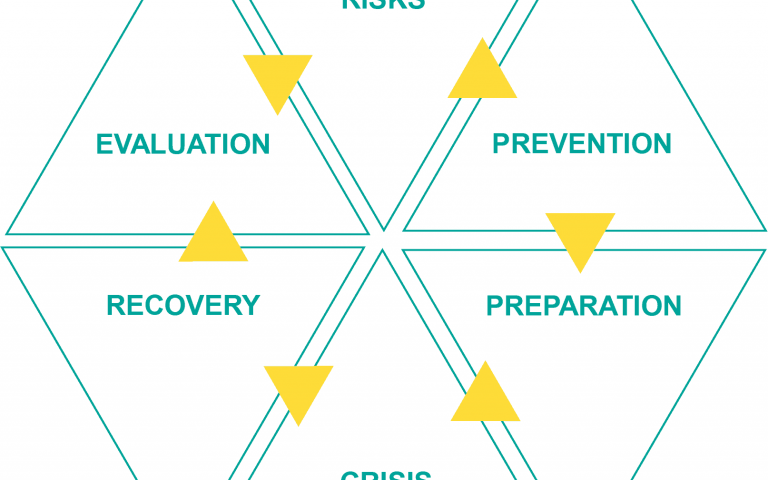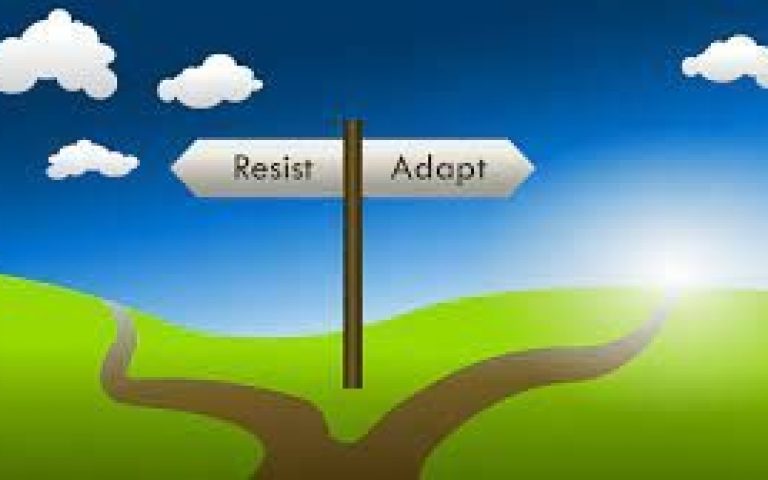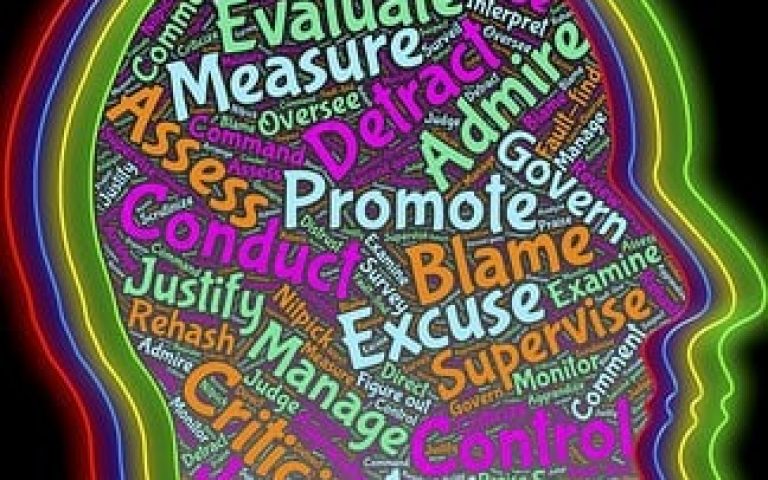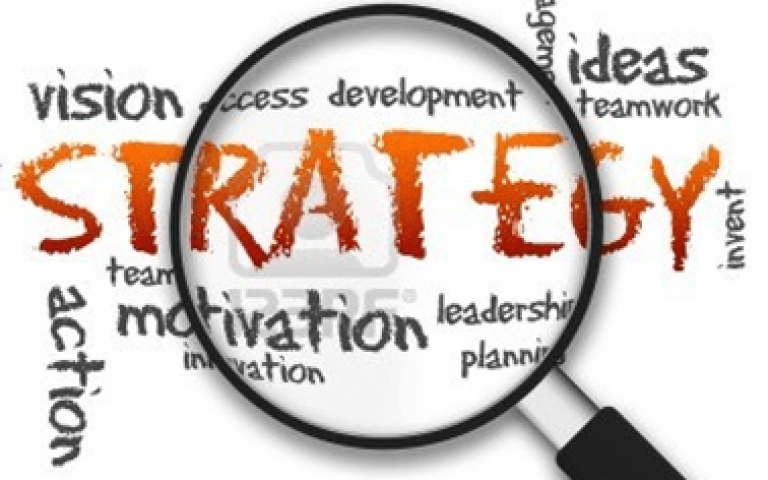Effective decision-making and problem-solving are crucial competencies for every business. The ability to make informed decisions and address problems efficiently can significantly impact a company’s success and sustainability. Here, we explore best practices in business decision-making and problem-solving that can help you navigate complex challenges and seize opportunities for growth.
The Foundations of Effective Decision-Making
Data-Driven Decisions
Collect and Analyze Data: Reliable data forms the bedrock of sound decision-making. Gathering comprehensive data and analyzing it using appropriate tools and methodologies helps in understanding trends, identifying opportunities, and mitigating risks.
Utilize Technology: Leveraging advanced technologies like artificial intelligence (AI), machine learning, and big data analytics can enhance decision-making capabilities. These technologies enable real-time data processing and provide insights that are beyond human capacity to identify.
Scenario Planning: Developing multiple scenarios based on data analysis helps anticipate potential outcomes and prepares the organization for various future states. This approach enhances strategic flexibility and resilience.
Inclusive Decision-Making
Encourage Diverse Perspectives: Incorporating diverse viewpoints leads to more comprehensive and innovative solutions. This includes engaging employees from different departments, levels, and backgrounds in the decision-making process.
Foster Open Communication: Creating an environment where open dialogue is encouraged ensures that valuable insights and concerns are brought to light. Regular meetings, brainstorming sessions, and feedback mechanisms facilitate this process.
Stakeholder Involvement: Involving key stakeholders, such as customers, suppliers, and partners, provides a broader perspective on the potential impact of decisions. This can lead to more sustainable and accepted outcomes.
Ethical Considerations
Adhere to Ethical Standards: Ensuring that decisions align with the organization’s core values and ethical standards is crucial. This not only builds trust but also safeguards the company’s reputation.
Consider Long-Term Impact: Ethical decision-making involves looking beyond immediate gains to consider the long-term consequences of decisions on all stakeholders, including employees, communities, and the environment.
Effective Problem-Solving Strategies
Root Cause Analysis
Identify the Problem: Clearly defining the problem is the first step in effective problem-solving. This involves understanding the symptoms, gathering relevant information, and outlining the issue in precise terms.
Conduct Root Cause Analysis: Techniques such as the 5 Whys, Fishbone Diagram (Ishikawa), and Failure Mode and Effects Analysis (FMEA) help in identifying the underlying causes of a problem rather than just addressing its symptoms.
Collaborative Problem-Solving
Assemble a Diverse Team: Bringing together a team with varied skills and perspectives enhances creativity and leads to more robust solutions. Collaborative tools and platforms can facilitate teamwork and idea sharing.
Brainstorming and Ideation: Encouraging free-flowing brainstorming sessions where all ideas are welcome can lead to innovative solutions. Techniques like mind mapping, SCAMPER (Substitute, Combine, Adapt, Modify, Put to another use, Eliminate, Reverse), and design thinking can be particularly effective.
Evaluate and Prioritize Solutions: Assessing potential solutions based on criteria such as feasibility, impact, and resource requirements helps in prioritizing the best options. Decision matrices and cost-benefit analyses are useful tools for this evaluation.
Implementation and Review
Develop an Action Plan: Creating a detailed action plan with clear objectives, responsibilities, timelines, and resource allocations ensures effective implementation of the chosen solution.
Monitor Progress: Regularly tracking the implementation process and measuring progress against set milestones helps in identifying any deviations and making necessary adjustments.
Review and Learn: After implementing a solution, conducting a post-implementation review to evaluate its effectiveness is essential. Documenting lessons learned and best practices helps in refining future problem-solving efforts.
Continuous Improvement
Foster a Learning Culture
Encourage Continuous Learning: Promoting a culture where continuous learning and improvement are valued helps in developing a proactive approach to problem-solving and decision-making. This includes providing access to training, resources, and development opportunities.
Embrace Feedback: Regularly seeking and incorporating feedback from employees, customers, and other stakeholders enhances processes and outcomes. Feedback loops should be established to ensure continuous improvement.
Benchmarking and Best Practices: Comparing organizational processes and performance with industry standards and best practices provides valuable insights. Benchmarking helps in identifying areas for improvement and adopting successful strategies.
Effective decision-making and problem-solving are integral to achieving business success in a complex and dynamic environment. By adopting data-driven approaches, fostering inclusive and ethical practices, and continuously improving through learning and feedback, organizations can navigate challenges more effectively and capitalize on opportunities. Implementing these best practices ensures that businesses remain agile, resilient, and capable of sustaining long-term growth.
***
TITAN Business Development Group, LLC
business coaching | advisory | exit planning






















